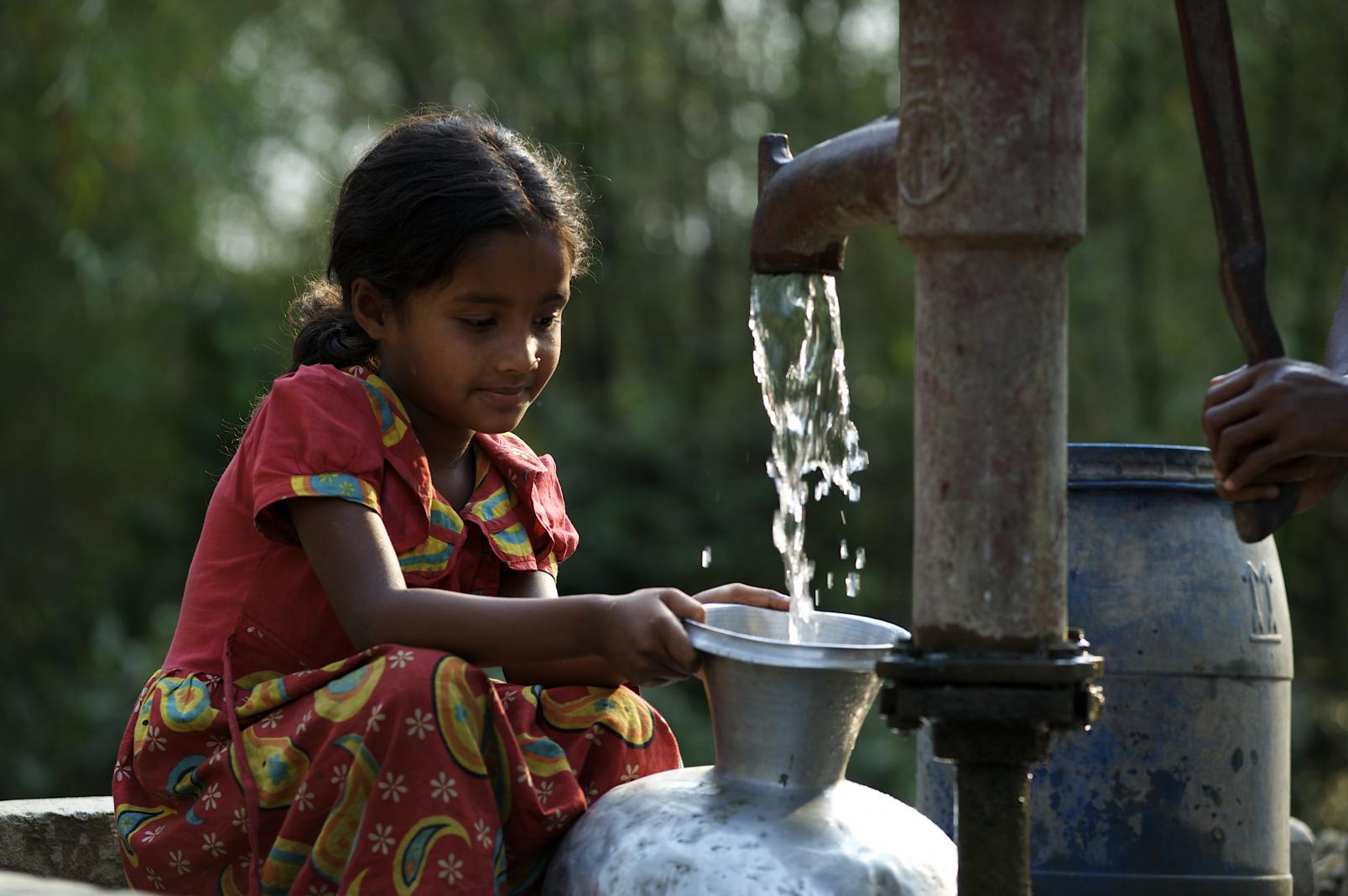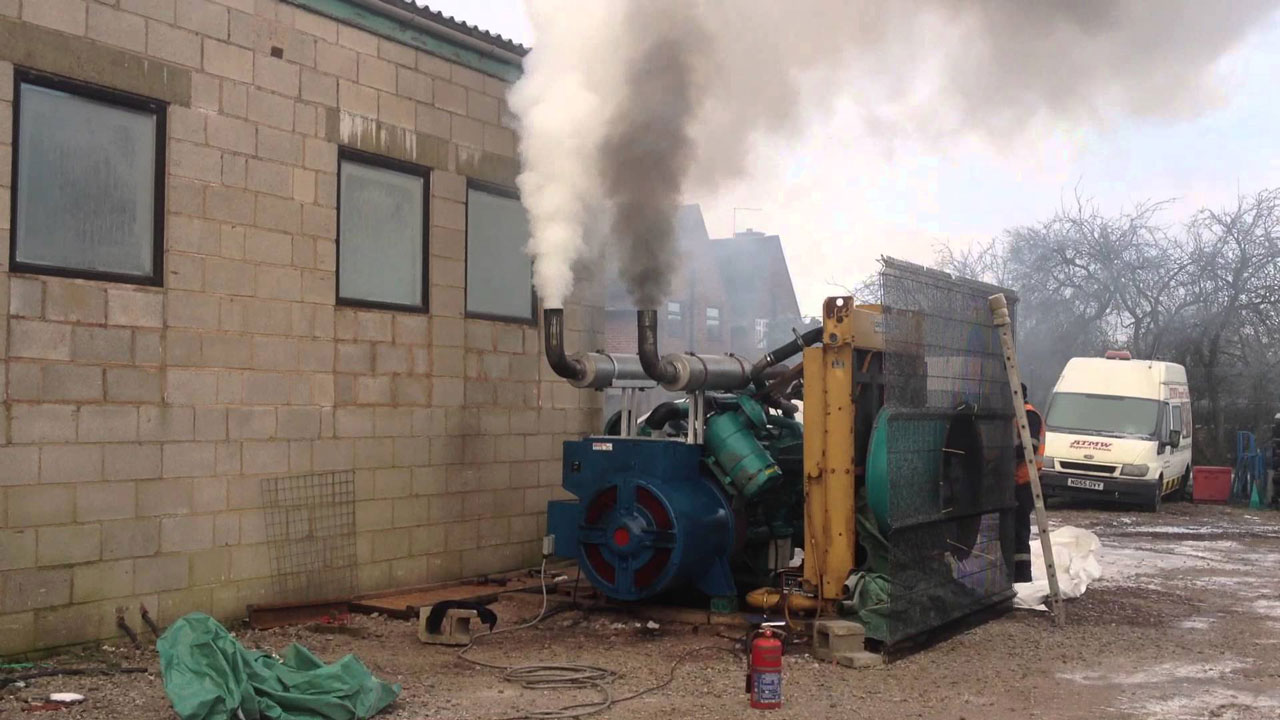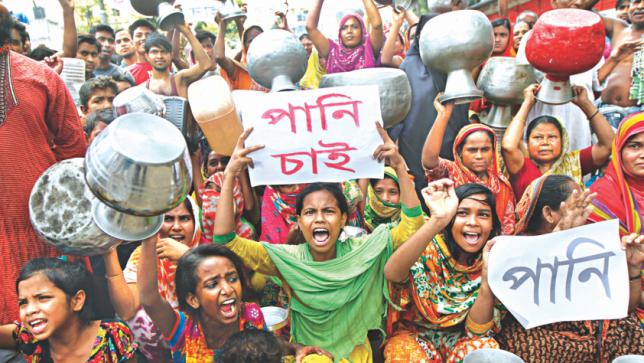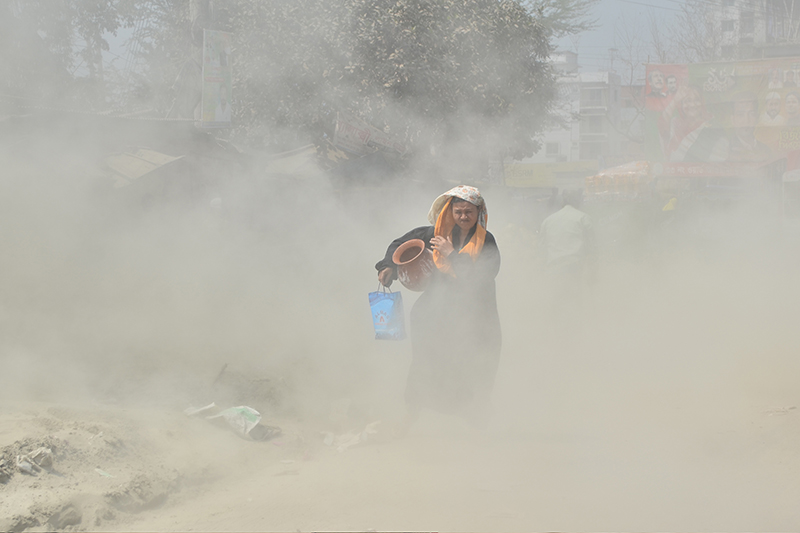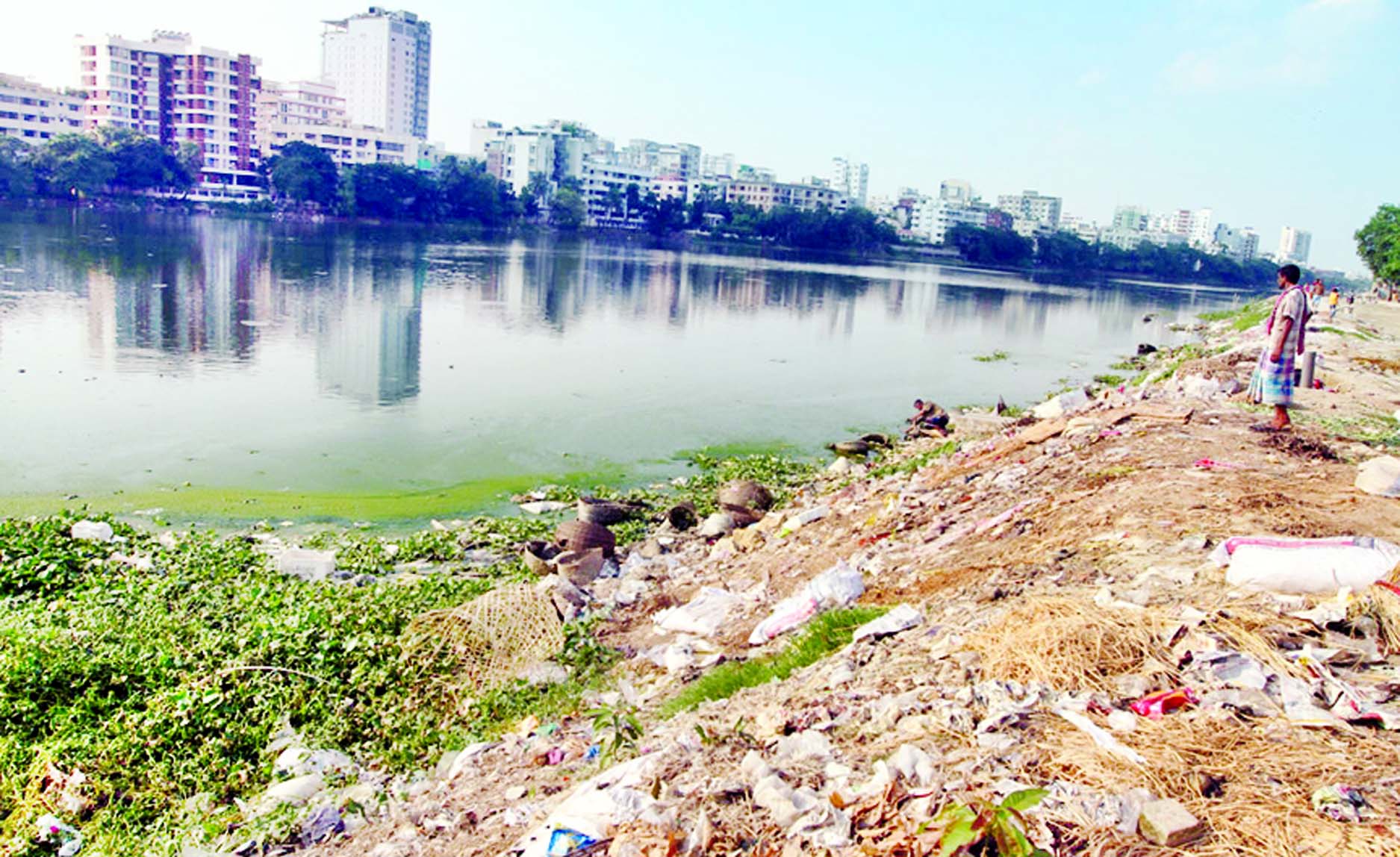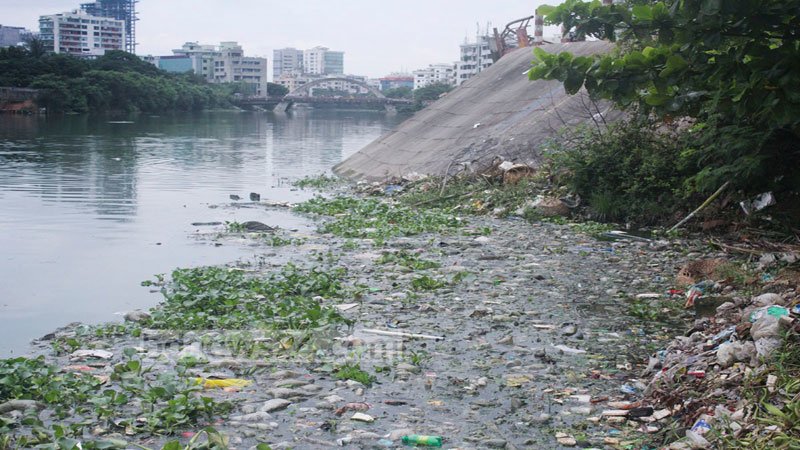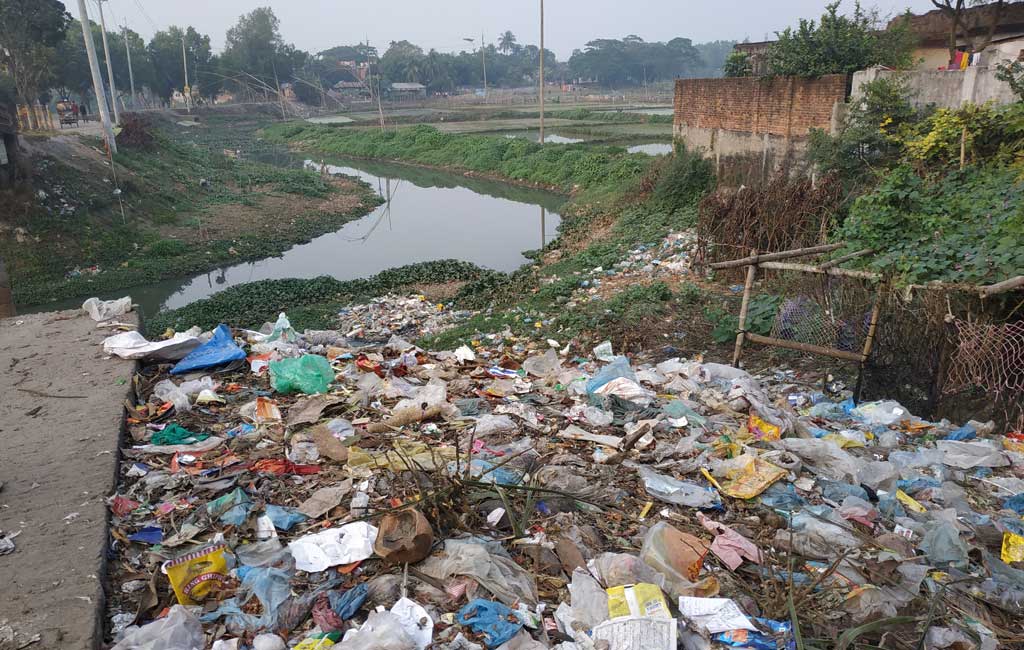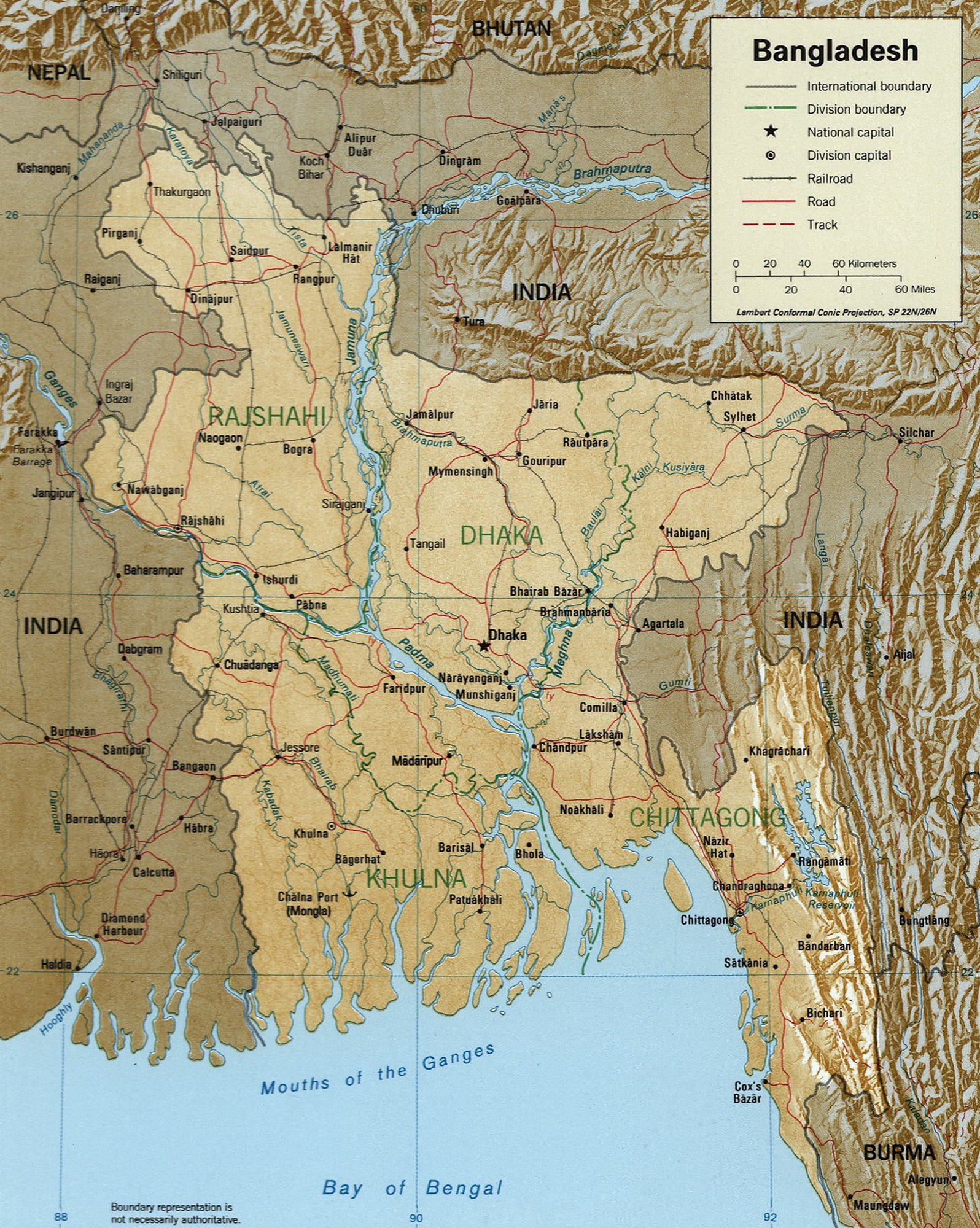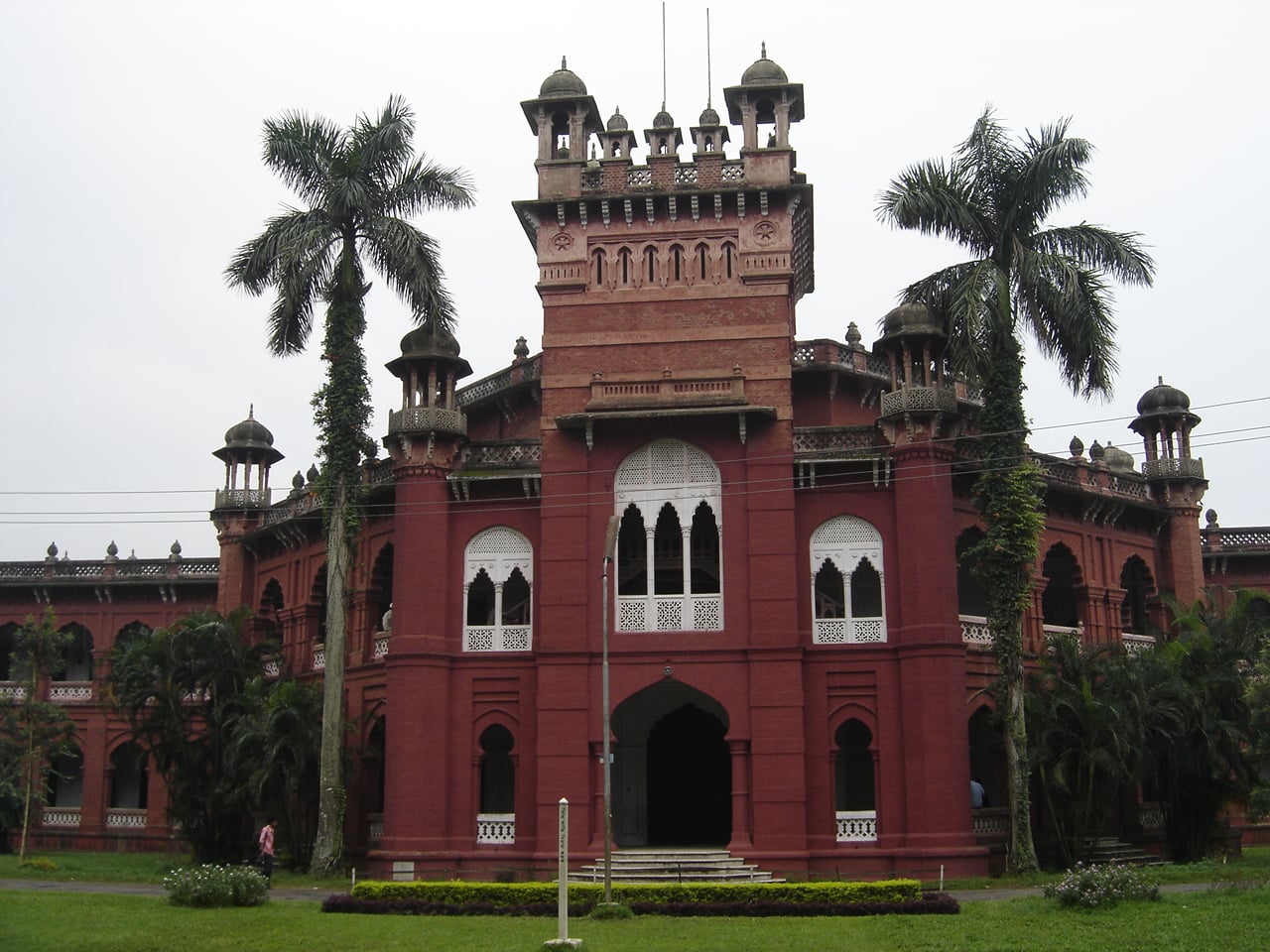Fayaz Yousuf: Water is a transparent liquidthat forms the world’s streams, lakes, oceans and rain. It is vital for all known forms of life. On Earth, 96.5% of the planet’s water is found in seas and oceans, 1.7% in groundwater, 1.7% in glaciers and the ice caps of Antarctica and Greenland, a small fraction in other large water bodies, and 0.001% in the air as vapor, clouds and precipitation.
Water constitutes two-thirds of the surface of the earth covering around 71 percent of the earth’s surface but only three percent is freshwater out of which 69 percent is “trapped” as ice, mainly in the two Polar Regions. The remaining freshwater occurs in rivers, lakes and aquifers which human being, plants and other animal species can use (WHO/UNICEF JMP, 2010).
Water scarcity has been causing conflict since the beginning of civilizations. Kjellén and McGranahan (1997) predicted that two-thirds of the world’s population will experience water stress conditions by 2025 and some countries would experience high water stress conditions where water withdrawal against available resources exceeds 40 percent. According to Ariyabandu, the withdrawal rate against available resources is 48 percent in South Asia. Bangladesh, as being a riverine country, has been facing dual challenges from water: firstly, unlimited floodwater during the wet season and secondly, increasing scarcity during dry season.
Bangladesh is one of the most densely populated countries in the world. More than 130 million people live in an area of 147 570 km2 and the population is increasing at a rate of around 1.6% annually. Dhaka is a megacity with a population of about 16 million and is growing at an annual rate of around 5%, one of the highest amongst Asian cities. According to a report, Dhaka will be the second-largest city in the world by the year 2015. The huge population puts forth massive pressure on the water supply system and causes a huge amount of deficit every year.
Water Issues of Dhaka City
In Bangladesh, the water supply coverage has been increasing both in the urban and rural areas since the 80’s. Almost 88 percent of water is withdrawn for irrigation, livestock while only 10 percent, and two percent use it for household and industry respectively (FAO, 2010). Nearly 97 percent of the rural population is using over 10 million hand tube wells to fulfill their drinking water demands.
In Bangladesh, there are two sources of water
- Surface Water Resources
- Ground Water Resources
2000mm of rainfall is received by Dhaka annually. Beside this, Dhaka is located close to the convolution of the mighty Ganges, Brahmaputra and Meghna rivers and it is frequently flooded, often devastatingly. These three rivers constitute the world’s second biggest river system with an annual discharge 25 times that of the Nile. However, Dhaka is one of the most challenging megacities in its water management.
The water supply and sewerage services have been allocated to one single public authority. Under the WASA Act (1996), Dhaka Water Supply and Sewerage Authority (DWASA) has the sole responsibility of providing water, sewerage and storm water drainage services in Dhaka. The Act provides for DWASA to manage its facilities and operate with a high degree of autonomy. It now supplies 0.51 km3 of water per year against the demand of 0.73 km3, serving around 72% of the city dwellers. The quality of the supplied water is very much in question. Almost 1000 private wells abstract another 0.35 km3 of groundwater per year, mainly for industrial purposes. Groundwater is used far beyond the sustainable rate and this groundwater mining puts a serious strain on the environment. The groundwater table has gone down 20 to 30 m in the past three decades and continues to sink 1 to 2 m per year.
Dhaka city faces two major problems in supplying water:
- Gradual decrease of raw water sources and
- Discharge of large quantities of polluted water (Serajuddin, 1993).
DWASA projects total water demand considering per person per day water demand as 150 liter and accordingly supplies water to the city dwellers. Total water demand in Dhaka city varies from 2100 to 2300 MLD with seasonal variation. However, total production capacity of DWASA is 2247.47 Million Liter per Day (MLD) (both groundwater and surface water).

Apparently, DWASA is able to fulfill current water demand through their capacity. However, DWASA has never reached its production target and actual production for groundwater and surface water is 1831.20 MLD and 256.30 MLD respectively with a demand-supply gap of 160 MLD.
There is variation of water consumption rate in different regions.To maintain daily life, a substantial amount of water is required. At least 50 l/p/d of water is considered as basic water requirement as suggested by Gleick and IWRA (1996).
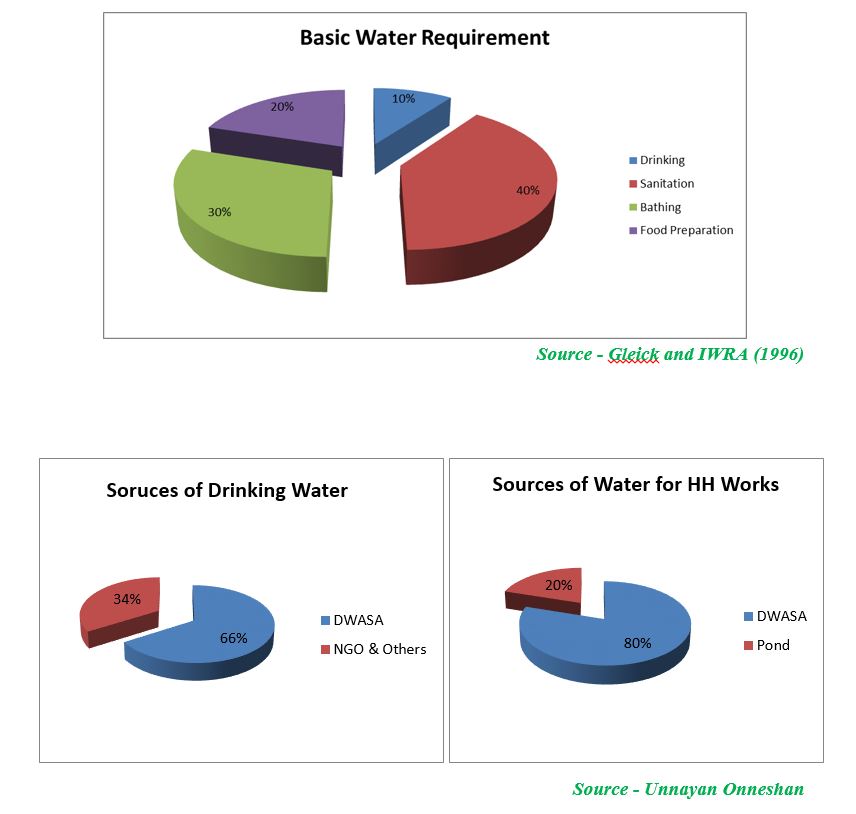
To fulfill the daily water requirement from reliable source, dependency on private sector is increasing day by day. Most of the people in Dhaka city buy filtered or bottled water though they are not well aware of the quality of this water. There is a common perception of city dweller regarding DWASA supplied water that it is full of micro-bacterial organisms and contaminated with different chemical and biological contaminant. Even though almost 87 percent of the supplied water of DWASA is retrieved from groundwater that is safe from microorganisms and heavy metal contamination, it is likely that the supplied water might be contaminated due to the leakage in pipelines and reservoirs. In reality, poor management, irregular monitoring, and inadequate supply make people rely on privately owned water supply. In addition to bottled and filtered water business, there is another business of water filtering.
Reasons behind Insufficient Water Supply
There are several reasons behind the insufficient supply of water in Dhaka city like
- Scarcity of water resources,
- Pollution of water resources,
- Huge amount of water has been collected from ground,
- Illegal connection of water,
- Lack of awareness on proper usage of water
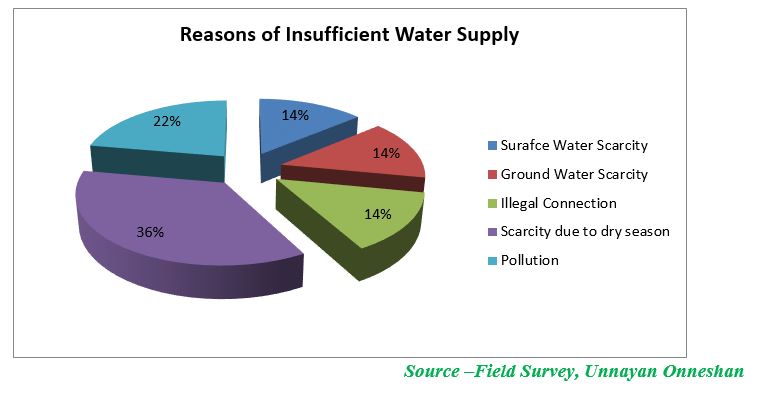
Possible Solutions
In this issue, many scholars have agreed that only awareness alone can do enough to change today’s devastating water crisis situation. Along with this they also have suggested the immediate implementation of
- Starting the reuse of Grey Water (a major fraction of domestic wastewater which is about 75% (vol.) of the combined residential sewage [Eriksson, et. al., 2002])
And
- Staring the implementation and usage of Rainwater Harvestingin every household of Dhaka city.
Conclusion
At present, access to safe water is a burning question and scarcity of safe water can directly affect the long-term prospects for sustainable development. Many cataclysms can take place in near future due to the lack of safe water.
Present water supply system in Dhaka city is heavily dependent on groundwater that signals a cloudy future with severe water crisis. Though the WASA has already started to shift its present groundwater based production system to surface water production, this require huge investment and time.
Moreover, the status of peripheral rivers of Dhaka city is highly degraded with a major portion of it is under illegal encroachment. That is why it is highly doubtful to fulfill future demand just by relying on these sources. Considering the present crisis and future demand, it is high time to seek additional sources.
The writer can be reach at his email: mail4fayazyousuf@doanmanhhieugmail-com
Photo Courtesy: UNICEF
